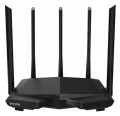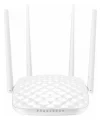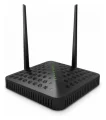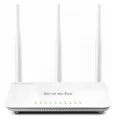Tenda FH1206 router review
Tenda introduced the FH1206 router in 2014. It is powered by Broadcom BCM5358B0 chipset, 32 MB of RAM, and 8 MB of flash memory.
Excited to learn if the FH1206 lives up to expectations? Keep reading to know!
Table of Contents
- Tenda FH1206 specifications
- Body, dimensions, weight
- System, chipset, RAM, flash, power supply
- Network, protocols, WAN and LAN ports
- Wireless, antennas, speed, security
- Connectivity
- Administration, user interface, login information
- Links
- Verdict, Pros and Cons
- Photos
- Comparisons
Our personal experiences and opinions form the basis of this article. We aimed to share insights on a topic, and we hoped others would find it useful and inspirational. If you noticed any mistakes or missing details about the Tenda FH1206, please let us know.
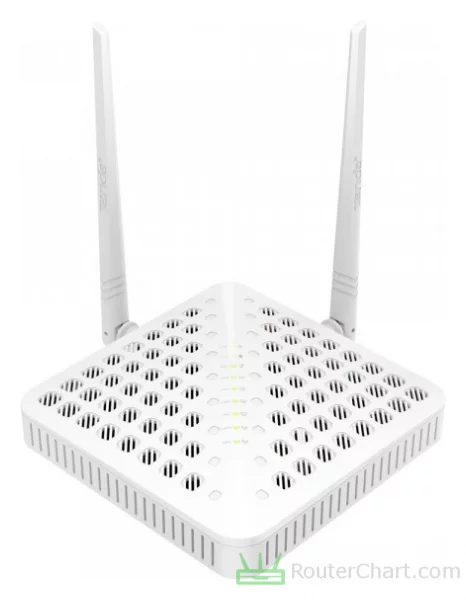
The FH1206 is a good choice for users. It is reliable and feature-rich, and it supports the latest Wi-Fi 6 technology. Tenda has established a solid reputation as a reliable and reputable networking brand.
Tenda FH1206 specifications
| Brand | Tenda |
|---|---|
| Name | FH1206 |
| Type | FH1206 |
| Rating | |
| Launch | 2014 |
Body
| Dimensions | 153.2 x 153.2 x 40.04 mm |
|---|
If you live in a small apartment, the size of the router is crucial to deciding whether it will fit.
System
| Chipset | Broadcom BCM5358B0 |
|---|---|
| RAM | 32 MB |
| Flash | 8 MB |
| OS | Tenda |
| Power supply | 12 V / 1.5 A |
The Broadcom BCM5358B0 CPU affects the router's performance, working with RAM and firmware. Some router features and software work best when they have enough RAM to help them.
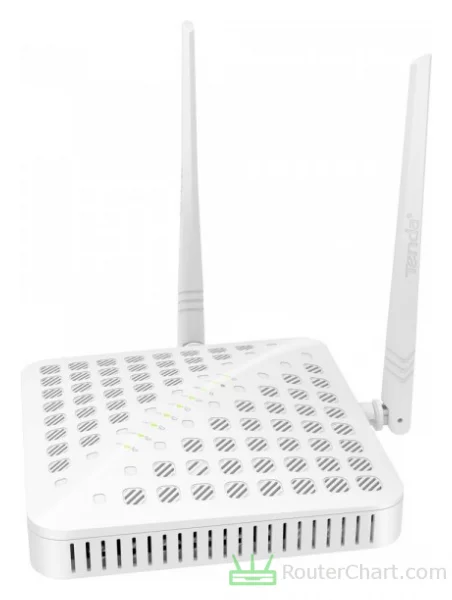
Network
| Protocols | IPv4 IPv6 |
|---|---|
| LAN ports | 3 x 10/100 Mbps |
| WAN ports | 1 x 10/100 Mbps |
| Mobile network | no |
| VPN support | no |
The FH1206 router is compatible with IPv6. IPv6 offers many enhancements and improvements over IPv4. Wired connections may bottleneck due to the limits of Fast Ethernet ports.
Wireless
| Antennas | 4 x 5 dBi 2 x internal 2 x external |
|---|---|
| 2.4 GHz | yes |
| 5 GHz | yes |
| 60 GHz | no |
| Standards | IEEE 802.11a/b/g/n/ac |
| Class | AC1200 |
| Speed | 300 + 867 Mbps |
| Transmit power | 23 dBm |
| Security | WEP WPA WPA2 WPS |
| Guest network | yes |
The FH1206 is compatible with 2.4 GHz Wi-Fi networks. This router operates on both the 2.4 GHz and 5 GHz frequency bands. The AC Wi-Fi router is backward compatible with older Wi-Fi devices that support 802.11a/b/g/n standards. The introduction of WPA2 (Wi-Fi Protected Access 2) improved upon WEP. It provides stronger security. The Wi-Fi Protected Setup (WPS) lets you join a safe wireless network with the push of a button or a simple PIN entry.
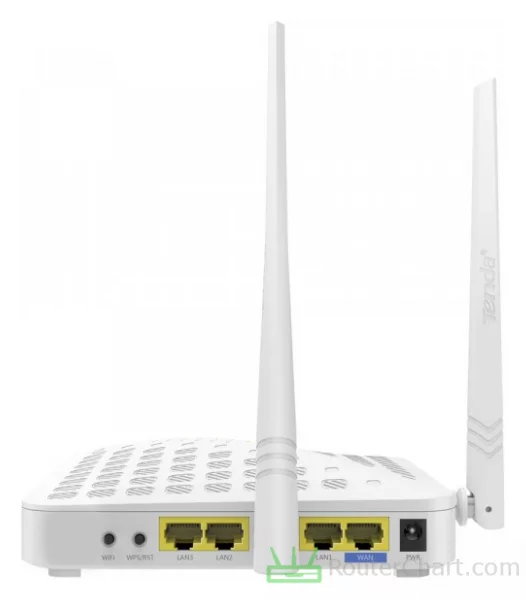
Connectivity
| USB ports | no |
|---|---|
| Print server | no |
| File server | no |
The FH1206 router doesn't have file-server or print-server functionality.
Administration
| Default IP | 192.168.0.1 |
|---|---|
| Default username | [blank] |
| Default password | admin |
If you can't log in to your Tenda router's setup panel, try resetting it. A reset can help you troubleshoot. It is highly recommended to change the default password of your FH1206 router. Do this after the initial setup.
Links
| Official site | https://www.tendacn.com/ |
|---|
Pros and Cons
Every router, including this Tenda one, has its good sides and not-so-good sides. Let's take a closer look at both to get a full understanding of what this router can do. Just remember, this is just what I think, and you might see things differently.
Pros
- IPv6 capable
- works on 5 GHz band
- WPS friendly
Cons
- insufficient flash
- lack of Gigabit LAN
- Non-gigabit WAN port
- missing Wi-Fi 6 support
- incompatible with WPA3
- no USB connectivity
Tenda FH1206 photos




Tenda FH1206 comparisons
We've noticed that many of our visitors like to compare the Tenda FH1206 router with these popular models.
If there’s information about the Tenda FH1206 that you would like to see on this site, then write to us.
Updated: May 25, 2024


